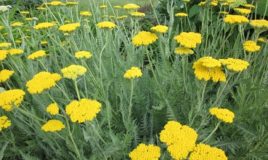All Articles
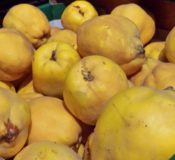
There are about 15 different varieties of quince commonly grown and sold, but the two that are most commonly found in backyards are the large yellow pineapple quince, and the smaller, greener Smyrna variety. Quinces are an easy fruit tree to c [...]

Grafting your own fruit trees is a great way to change varieties in your garden, preserve a heritage variety, or add a polliniser to a tree that flowers well, but doesn’t produce much fruit. We’ve already shown you how to grow your own rootst [...]

Keeping your trees healthy is your best defence against attack by pests and diseases—this month we explain why. Unfortunately, no matter how healthy they are, trees and plants can’t protect themselves against birds, locusts, or the big pests l [...]

Also called Jointed Charlock, White Charlock, White Weed, Wild Charlock, Cadlock, Wild Kale, Wild Turnip and Jointed Radish. The wild radish is in the Brassicaceae, or cabbage family, and is an upright annual herb that can grow up to about 1. [...]
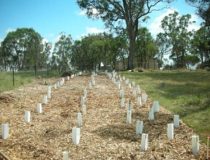
Wind can wreck a garden. Wind and wind-driven rain rank with water runoff among the major causes of soil erosion in Australia. Tree belts are needed to shade stock and to break the winds which dry out the land. An important factor contributing [...]
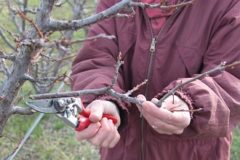
Luckily, there’s no such thing as “right” or “wrong” when it comes to pruning, but it really helps if you understand what the consequences of your pruning cuts will be. Then you can make informed choices about how you prune your trees, no mat [...]
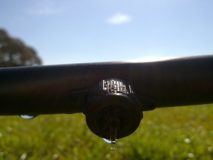
There are two key times to make sure your fruit trees have enough water, and the period from blossom through early fruit formation is one of them...which means it’s time to start thinking about it in late winter. Read article in: Winter Week 1 [...]

Chill factor is unique to where you live, and simply describes the number of hours your fruit trees are likely to spend below 7˚C each winter. It’s definitely worth working out the chill factor at your place, because in order to get good frui [...]

Worms are one of the most visible signs that your soil is in good condition, and productive. If you have worms, you will also have lots of microbes, but they’re invisible to the naked eye! Read the article in Winter - Week 1.
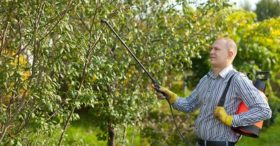
Spraying is messy and time consuming, and should only be done if and when necessary. But having said that, it’s also one of the key activities you can do that can make a difference between getting a crop from your fruit trees or not! Being pr [...]


